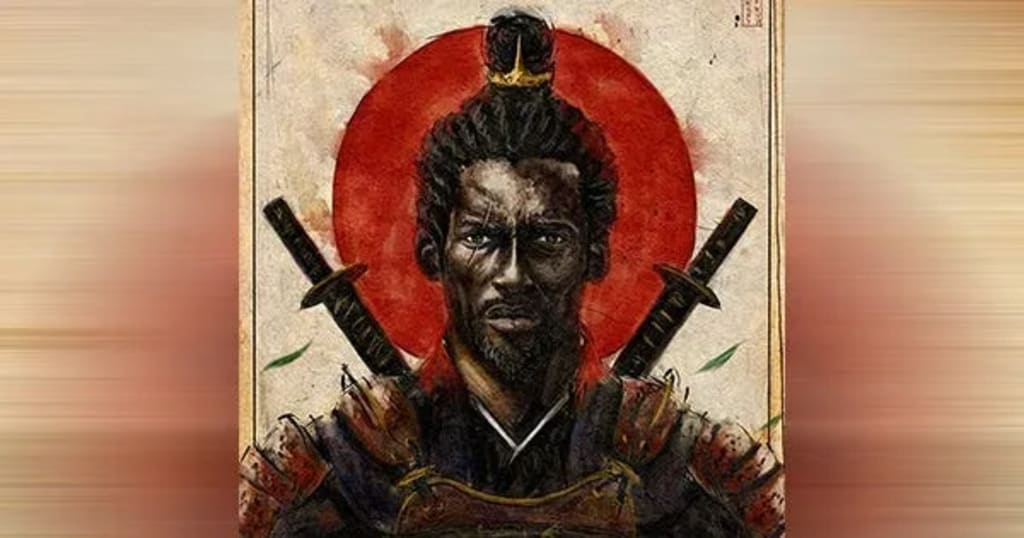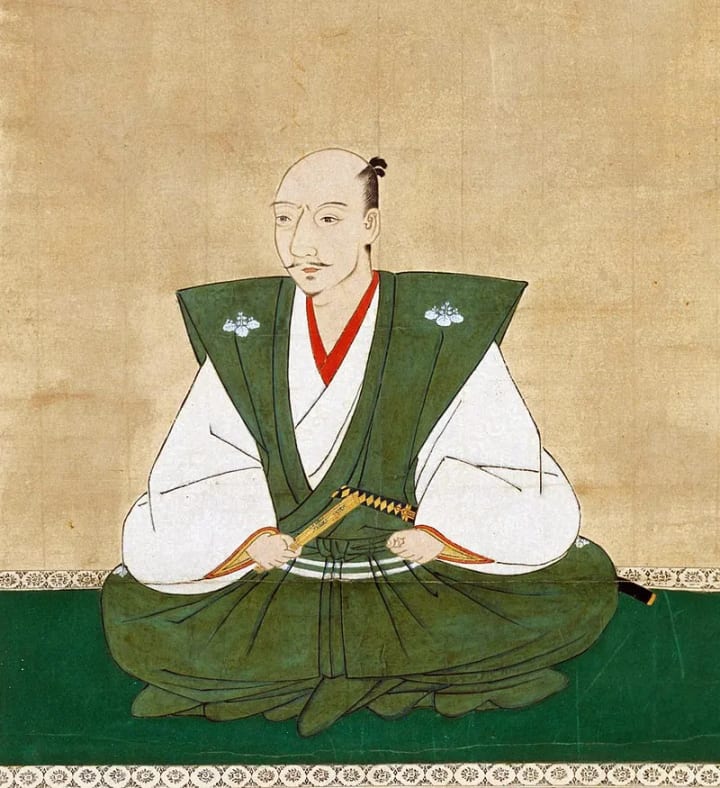The African Slave Who Became a Samurai
The Untold Story of a Slave-Turned Samurai

In Japan’s samurai history, one figure stands out for his extraordinary origins and remarkable rise. This article will talk about a black samurai in Japan during the feudal period, or rather, a man known as Yasuke, an African slave.
Early Life and Arrival in Japan
Yasuke’s childhood is still unknown to historians; much guesswork has been done on the apparent fact that he was actually a black man from Africa.
Traditional sources indicate he was born in Mozambique in about 1555 though the exact ethnic origins of his parent(s) have not been conclusively ascertained, with most historians arguing that he hailed from the Makua or Yao ethnic group.
It is traditional, therefore, to begin his story in Africa and move to Japan, covering his journey when he was captured by Portuguese traders and taken to India through the Indian Ocean, which was the route that the Portuguese used in the slave trade.
Yasuke got to Japan in 1579 as a personal servant to Alessandro Valignano, an evangelical Italian Jesuit who was visiting Japan to inspect Jesuit missions in the Far East, as it was called then.

When Valignano arrived in Japan, he was ready to infiltrate a country that was already characterized by the ripples of unrest and upheaval as several warlords struggled to gain power while the society was experiencing tremendous cultural and social transformations.
Meeting Oda Nobunaga

He simply could not go unnoticed: Yasuke was tall, apparently taller than an average Japanese citizen of the early times, and, besides, he was initially dressed in European fashion.
It is interesting to note that, by the time Valignano and his party reached Kyoto in 1581, word of Yasuke and his unique features immediately became the talk of the town. The woman soon lashed out for purportedly becoming intimate with the African man, whose dark skin some passersby thought was ink.
In this novel, a man named Yasuke had his life changed after traveling through Japan and meeting a famous historical character, Oda Nobunaga. Consequently, Nobunaga was attracted to Yasuke’s appearance and power and called him to his presence.
In their records, it is noted that when Nobunaga first set eyes on Yasuke, he demanded the man remove his top clothes and wash him to make sure the blackness of the skin was not painted. As soon as Nobunaga was satisfied with Yasuke’s genuineness, he attached himself to him very keenly.
Rise to Samurai Status
Nobunaga’s curiosity went beyond the common interest in this stranger, as they took the time to study him further. There were fears that the African could be a threat to his dominion, physically powerful and almighty though he was, the warlord noticed in him positive qualities such as cleverness and obedience.
The group that Yasuke joined was exceptional and permitted him to assume the rank of a samurai, an honorable achievement that came with several significant benefits and expectations. This was evidenced by the residence that he was granted, and the short katana sword that was a symbol of his new rank as a samurai.
Yasuke was able to accept the fact that he was already a houseman of Nobunaga and performed his tasks faithfully. He was also esteemed as a trusted personal retainer and took part in numerous battles.
He was particularly involved in the fighting during the Battle of Tenmokuzan as well as other key engagements that defined Nobunaga’s quest for the unification of Japan. Yasuke played his part well by remaining loyal and a brave fighter thus attaining a position of esteem securing him Nobunaga’s aides.
The Fall of Nobunaga
With Nobunaga, however, Yasuke enjoyed a string of good fortune and benefited from the man’s luck. The Honourable Mitsuhide Akechi, the general of the forces of His Excellency Nobunaga, betrayed him in an insurrection in 1582 — an event known as the Honnōji Incident.
Encircled and outmatched, Nobunaga chose death by seppuku (ritualistic suicide). Yasuke bravely was involved in the attack on Honnō-ji temple by invading the temple with his lord but was captured by Mitsuhide Yoshioka.
Information on what became of Yasuke after the demise of Nobunaga is still sparse to this very day. Other sources indicate that they did not kill him because he was a Hawaiian and then the Jesuits in Kyoto adopted him. Some suggest that he went back to Africa to the Jesuit mission where he spent his remaining years. However, on a more serious note, Yasuke was no longer able to remain a samurai for he was valuable only to Nobunaga.
Legacy and Cultural Impact
In recent years, Yasuke as a figure has been brought to the forefront, and various books, films, and even anime series have been created about this man.
Yasuke has garnered attention for many years and is worthy of further exploration based on the available texts. From being a slave to attaining the status of a samurai in an alien culture, his determination, physical strength, and the innate strength and spirit of the human spirit are symbols of hope to others.
References:
About the Creator
Pritam Laskar
Storyteller
Enjoyed the story? Support the Creator.
Subscribe for free to receive all their stories in your feed. You could also pledge your support or give them a one-off tip, letting them know you appreciate their work.






Comments
There are no comments for this story
Be the first to respond and start the conversation.